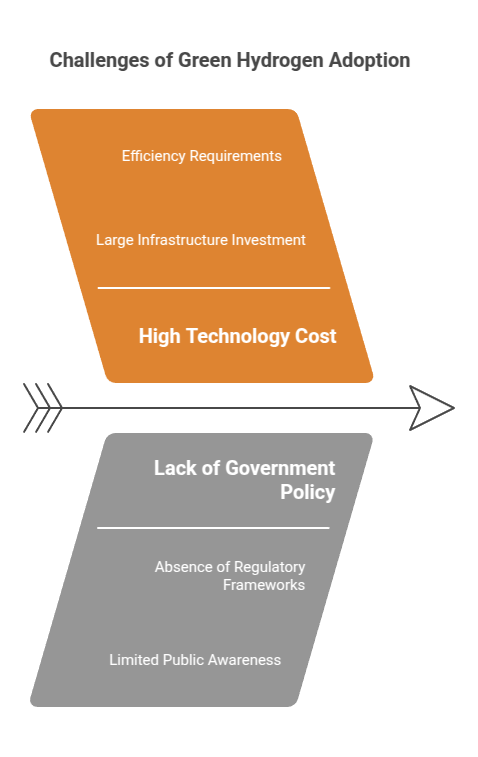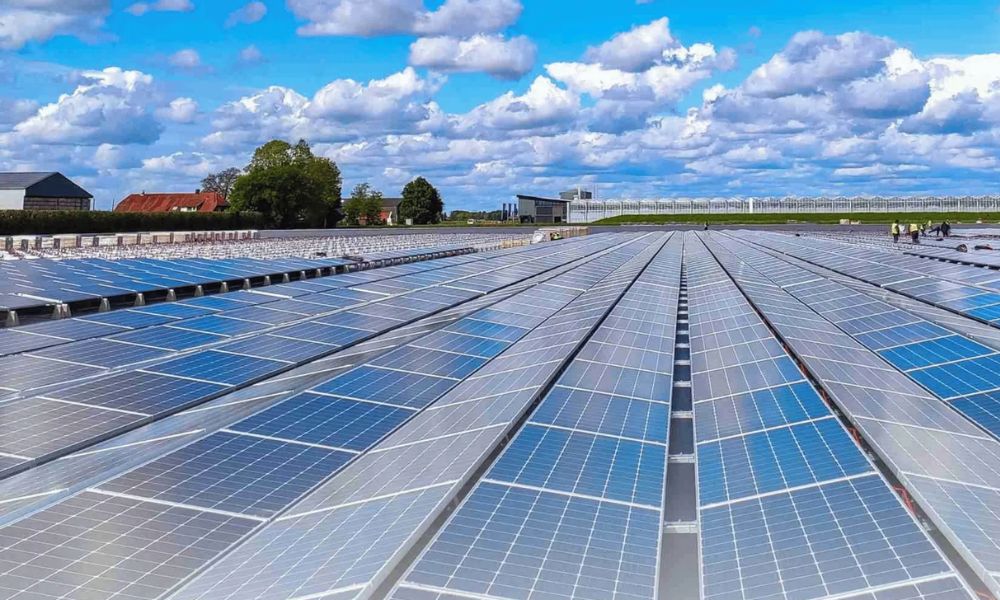Green hydrogen is generated from renewable energy sources, which is one of the most promising solutions for reducing carbon emissions and advancing the development of renewable energy sources that boost system flexibility and ensure energy security. It is especially needed in the most populous country, India. When compared to the hydrogen produced by fossil fuels. It has advantages for the environment. However, expanding this national green hydrogen industry can present various obstacles that you must overcome.
With India prioritising renewable energy sources, green hydrogen applications are revolutionising various sectors. However, green hydrogen use in India is still in the early stages that project various challenges. They need to be addressed faster to enhance production and make various applications.
At HARTEK, we are the expert organisation that can help you promote the energy management system technology that streamlines the production of green hydrogen to support the nation’s demand for sustainability. Let’s check out the early applications and challenges of green hydrogen in India.
Transportation Sector
Naturally occurring hydrogen is considered cheaper than green hydrogen in India. However, since the availability of natural hydrogen in India has not been explored much, the potential for this energy source’s availability is still unknown. In the steel, chemical, and refinery sectors, fossil fuels are the main source of hydrogen generation. However, power derived from renewable sources can also be used to make hydrogen. Applications of Green Hydrogen in the transportation sector are emerging as a promising solution for availing green hydrogen-powered vehicles. It can cut down carbon emissions with various initiatives and pilot programs that are being developed across the nation.
Energy Storage
To effectively store energy during periods of high demand or if renewable sources are unavailable, India is researching the use of green hydrogen as a sustainable energy storage solution. This is where green hydrogen can electrolyse surplus renewable energy into hydrogen. India’s government passed the bill for spending INR 800 Cr by 2024 in its Union budget for FY 2021-22. For faster expansion of the country’s hydrogen ecosystem, the Ministry of New and Renewable Energy (MNRE) intends to publish a policy paper for the national hydrogen energy mission.
Cost reduction of renewable electricity
Since fossil fuels are not as widely distributed as renewable energy sources, renewable energy and water supplies have not been readily available in all regions or countries with net-zero emission targets to boost their use of green hydrogen for decades. The “green hydrogen hope,” a theory put out for energy solutions since the 1970s, is now gaining reinforcement due to the declining cost of renewable power. India can accelerate the shift to a cleaner, more sustainable energy future by lowering the cost of producing green hydrogen by using economies of scale, technical developments, and supporting regulations. India has used a reverse auction technique to secure one of the lowest solar PV power prices in the world. Utilising inexpensive renewable energy sources and cost-curtailment expertise from reverse auctions for solar and wind power, India can lower the price of green hydrogen.
Industrial applications
The major industrial sectors in India, steel, cement, and chemicals, are India’s biggest consumers of fossil fuels, and they demand green hydrogen applications as a sustainable substitute for fossil fuels. The pilot initiatives like the synthesis of ammonia and steel offer the optimal potential for wide usage in the country’s Industrial applications.
Limit water usage conflict
Green hydrogen production requires an electrolyser from water and green electricity. In India, producing one kilogram of green hydrogen takes 8.92 litres of demineralised water. Desalination plants can electrolyse saltwater or wastewater to guarantee water availability. This creates opportunities for areas with a shortage of water to receive freshwater from green technology plants. These plants can process wastewater and seawater for electrolysis to reduce water usage conflicts. Green hydrogen applications can be a reality with the optimised use of water and renewable resources.
Challenges of green hydrogen applications
High technology cost
The high cost, large infrastructure investment, and requirement for increased efficiency are major green hydrogen challenges. These initial expenditures prevent large-scale adoption in the absence of economies of scale and technological advances.
Absence of strong government policy
The lack of defined laws, incentives, and regulatory frameworks makes it difficult to promote green hydrogen in India. Therefore, one of the top challenges of green hydrogen is to attract private sectors for investment and innovation. Moreover, if there is a lack of public awareness, they can’t make most of its benefits.

Summing up:
Stability and incentives throughout the value chain depend on a strong policy framework. India needs to tackle this and reduce high technology costs to leverage green hydrogen applications. We are helping India overcome the barriers to Green Hydrogen production by establishing sustainable energy management systems.
Frequently Asked Questions
1. What is green hydrogen, and how is it produced?
Green hydrogen is produced using renewable energy sources to split water into hydrogen and oxygen through electrolysis, making it a clean fuel alternative.
2. What are the key applications of green hydrogen in India?
Green hydrogen is used in transportation, industrial applications, energy storage, and as a clean fuel alternative for sectors like steel, cement, and chemicals.
3. What challenges hinder the large-scale adoption of green hydrogen?
High production costs, infrastructure investments, lack of strong government policies, and the need for efficient technology are key challenges for green hydrogen adoption.
4. How can India reduce the cost of green hydrogen production?
India can lower costs by leveraging economies of scale, using low-cost renewable energy, implementing reverse auctions, and advancing technological developments.
5. How does green hydrogen help with water sustainability?
Green hydrogen production requires water, but desalination plants can be used to process seawater and wastewater for electrolysis, reducing water usage conflicts.
Share:
Explore More
Keep up-to-date with the most trending news stories that are shaping the world today.







